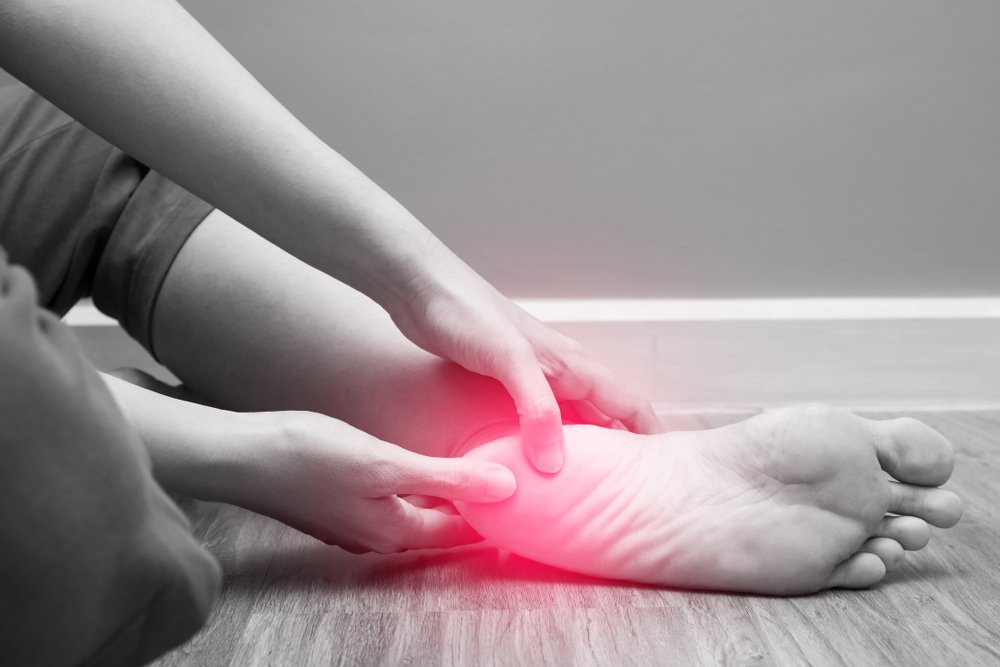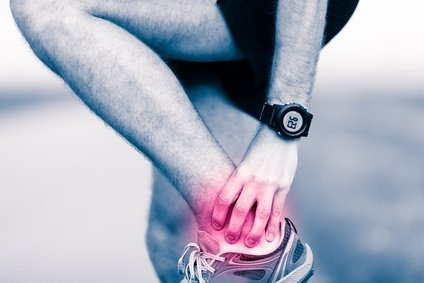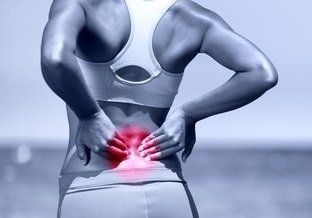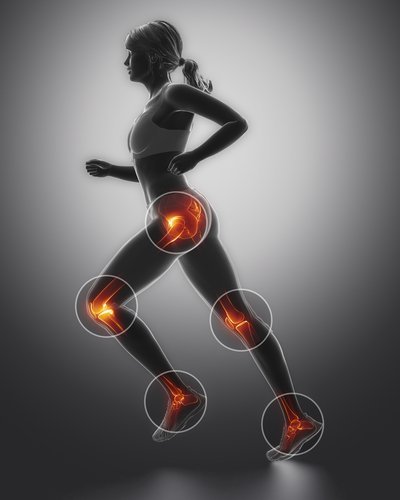What Causes Verrucae?
The HPV virus is thought to thrive in moist, damp environments such as swimming pools, changing room floors and communal shower areas. It is possible to contract verrucae simply by walking across the same floor area as someone with a verruca, especially if you have any small or invisible cuts or abrasions that make it easier for the virus to penetrate.
Who Gets Them?
Verrucae are most commonly seen in children, teenagers and young adults, largely those who use communal changing rooms. It is possible to develop an immunity against the virus over time but most people remain susceptible, although some more than others.
How Do I Know I Have Them?
The most common appearance is that of a small cauliflower-type growth on the soles of your feet with tiny black dots. If it is painful when you pinch the area (like when you squeeze a spot), you are likely to have a verruca. They can grow to 1cm in diameter and may spread into a cluster of small warts. If you are unsure you should seek advice.
Are They Serious and Do I Need Verruca Treatment?
Verrucae are harmless but can be uncomfortable and painful if they develop on a weight bearing part of the foot. In addition, hard skin (callus) can form over the top of the verruca, increasing the discomfort in this area. There are also some strains of the virus that spread very quickly and can look unsightly.
Verruca Treatment?
In the first instance, avoid touching or scratching a verruca as it may spread into a cluster of warts. Instead, cover it up with a plaster. In many cases, evidence suggests that verrucae will disappear of their own accord within six months for children but longer for adults (up to two years). This is because the body’s immune system recognises the presence of the virus and fights the infection naturally but it can take many months for this to happen. If it is painless, no treatment may be required as some treatments can be painful especially for children and can cause side-effects.
For painful and/or unsightly verrucae or ones that are spreading, you can self-treat using ointments and gels from your local pharmacist following the instructions carefully. Sometimes, merely by rubbing away the dry skin over a verruca and applying a plaster helps to stimulate the body’s immune system to fight the infection.
We use 95% Silver Nitrate which is an Acid-based treatments, which is stronger than regular ‘over the counter’ treatments from your local pharmacy. Silver Nitrate is applied to the verruca after any overlying hard skin has been debrided by your clinician. Treatment with Silver Nitrate is not guaranteed to work and if it is to work usually requires a course of treatments. Your clinician will explain what is likely to be required to treat your verruca before treatment commences.
We are delighted to add another treatment for verruca which we have seen some excellent results with. Verrutop is a topical solution for professional use only providing painless treatment of difficult warts that is highly effective in just a few applications. Unlike Cryotherapy or other chemical treatments, Verrutop does not act by freezing or burning the tissue. Instead it denatures the viral protein and desiccates the wart tissue, which then falls off the skin, leaving intact skin underneath. Treatment is normally quick and painless.
During your appointment the clinician will discuss the treatment options with you. There are some medical conditions that does not allow us to treat verruca other than debridement of the callus for example diabetes, pregnancy and whilst breast feeding.
Because of the harsh chemicals we use to treat verruca we do not treat children under the age of 11.





